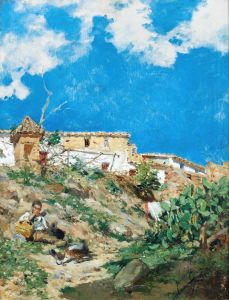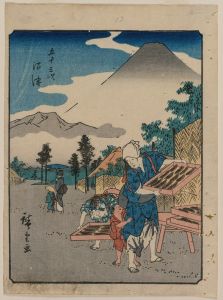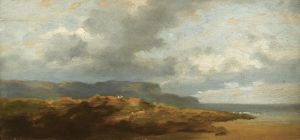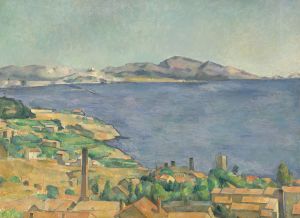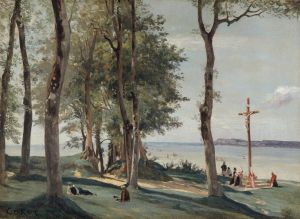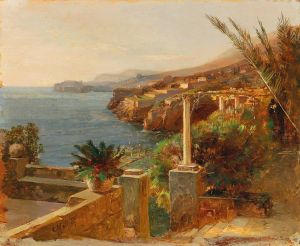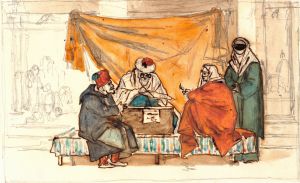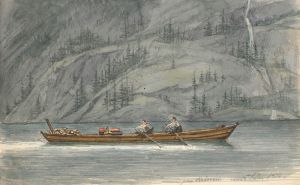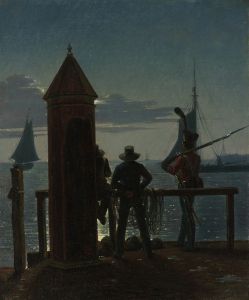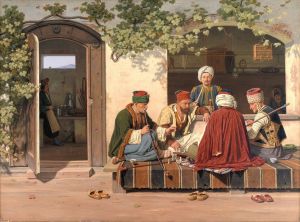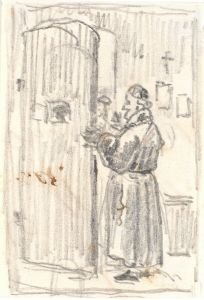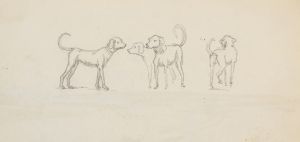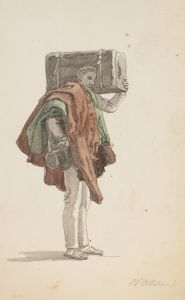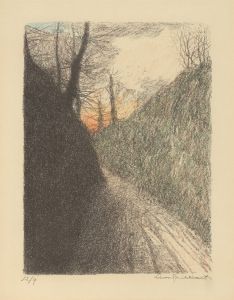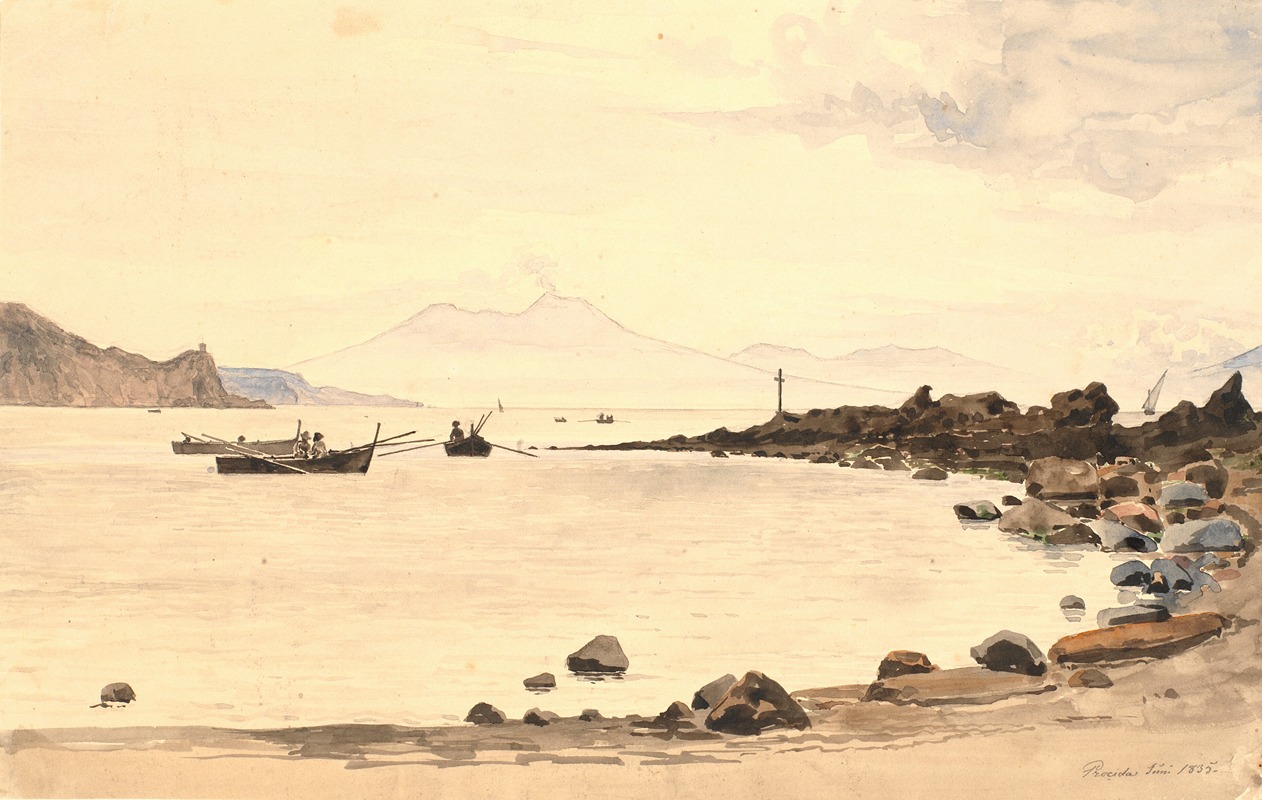
Udsigt mod Vesuv fra Procida
A hand-painted replica of Martinus Rørbye’s masterpiece Udsigt mod Vesuv fra Procida, meticulously crafted by professional artists to capture the true essence of the original. Each piece is created with museum-quality canvas and rare mineral pigments, carefully painted by experienced artists with delicate brushstrokes and rich, layered colors to perfectly recreate the texture of the original artwork. Unlike machine-printed reproductions, this hand-painted version brings the painting to life, infused with the artist’s emotions and skill in every stroke. Whether for personal collection or home decoration, it instantly elevates the artistic atmosphere of any space.
"Udsigt mod Vesuv fra Procida" (View towards Vesuvius from Procida) is a painting by the Danish artist Martinus Rørbye, a prominent figure in the Danish Golden Age of painting. Rørbye, born in 1803, was known for his detailed and atmospheric landscapes, as well as his ability to capture the essence of the places he visited during his extensive travels across Europe.
This particular painting was created during Rørbye's travels in Italy, a country that was a significant source of inspiration for many artists of his time. The painting depicts a view from the island of Procida, located in the Bay of Naples, looking towards the famous volcano, Mount Vesuvius. This region was a popular destination for artists and intellectuals during the 19th century, known for its picturesque landscapes and historical significance.
Rørbye's work is characterized by its meticulous attention to detail and the ability to convey the atmosphere of the scene. In "Udsigt mod Vesuv fra Procida," he captures the serene beauty of the Italian coastline, with the imposing silhouette of Vesuvius in the background. The painting reflects Rørbye's skill in rendering natural light and his interest in the interplay between land, sea, and sky.
The composition of the painting is carefully balanced, with the foreground featuring elements of the island's landscape, such as rocky outcrops and vegetation, leading the viewer's eye towards the distant volcano. The use of light and shadow in the painting enhances the depth and realism of the scene, a hallmark of Rørbye's style.
Rørbye's travels in Italy were part of a broader tradition of the Grand Tour, a cultural pilgrimage undertaken by many artists and intellectuals of the period. This journey allowed Rørbye to immerse himself in the rich artistic heritage of Italy and to draw inspiration from its diverse landscapes. His Italian works, including "Udsigt mod Vesuv fra Procida," are considered important contributions to the Danish Golden Age of painting, reflecting both the artist's personal experiences and the broader cultural exchanges of the time.
The painting is housed in the collection of the Statens Museum for Kunst (The National Gallery of Denmark) in Copenhagen, where it is part of a significant collection of works from the Danish Golden Age. The museum's collection provides insight into the development of Danish art during the 19th century and Rørbye's role within it.
Martinus Rørbye's legacy as an artist is marked by his ability to capture the essence of the places he visited, and "Udsigt mod Vesuv fra Procida" is a testament to his skill and vision. The painting not only serves as a visual record of a specific location but also as an expression of the artist's engagement with the natural world and his appreciation for the beauty of the Italian landscape.





